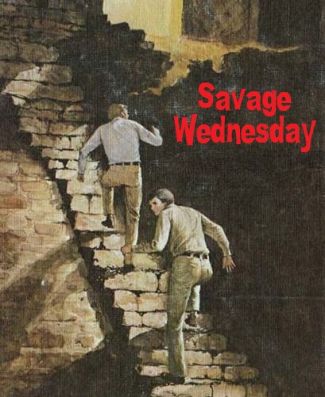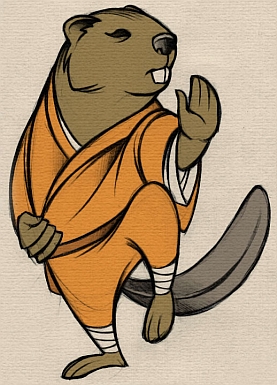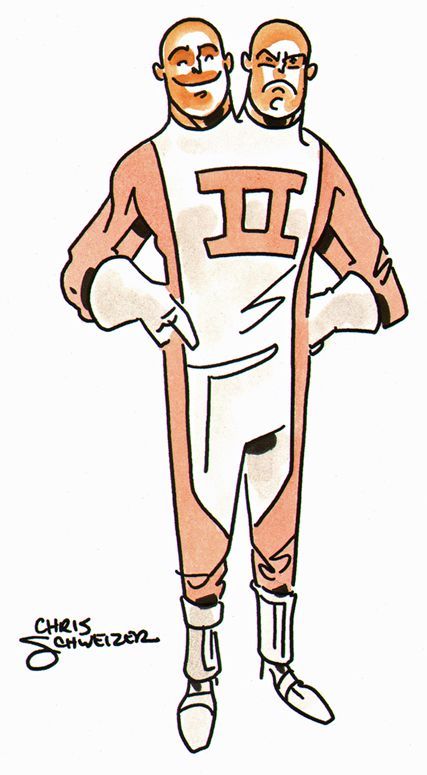The Drukkin

Whew!
I started back up as a full-time teacher this month. I’m at a Catholic boys school about eight minutes from the house. So far, I’m enjoying the new gig. It’s certainly a huge improvement over my last full-time teaching position.
Anyway, on 7 August, Terry, a friend and fellow gamer, suggested I stat up the Greenland shark as a monster. I did a bit of reading about Greenland sharks. They are one more confirmation that nature hates us and will eat us given the chance. Seriously scary animal. Don’t let its goofy smile fool you. It’s hungry, and you’re lunch.
And so, here’s my take on the Greenland shark as a amphibious horror for use with Savage Worlds Deluxe Explorer’s Edition. (N.B. That’s an affiliate link also.)
Drukkin

We saw the blunt dorsal fin break the surface a dozen or so yards from the edge of the ice shelf. The seals must have seen it too. Those in the water flopped up onto the ice, and all of them moved away from the edge. None of could identify the shark, and we became a bit excited at the thought of stumbling onto a new species.
“Um, it’s picking up speed,” Roberts said.
He was right. The shark surged through the water, straight toward the ice shelf’s edge. Just as it was about to hit, rather than veering or diving, it burst from the water, it’s eyes flashing with an unearthly green light. Before it hit the ice, its pectoral fins changed, lengthened, became segmented. Monstrous three-toed paws with yard-long talons burst from the end of each limb.
“Run!”
We ran, desperately trying to avoid the panicked seals as well as escape the horrid fish. When I heard Roberts’s scream end abruptly, I knew it was gaining on us….
Attributes: Agility d8, Smarts d4 (A), Spirit d8, Strength d12+4, Vigor d12
Skills: Fighting d10, Notice d12, Shooting d8, Swimming d10
Pace: 8; Parry: 7; Toughness 12
Special Abilities
Aquatic: Pace 10.
Bite: STR+d6.
Eye Bolts: Range: 30/60/120. Damage: 1-3d6, based on range. Rate of Fire: 1 or 2. The drukkin can fire bolts of burning energy from its eyes. After using its eye bolts, the drukkin is -2 on Notice checks until the end of its next turn.
Fear: -2. The drukkin inspires fear when it attacks or transforms.
Hardy: The drukkin does not suffer a wound from being Shaken twice.
Large: Attackers add +2 to their attack rolls when attacking the drukkin due to its large size.
Size: +4. The drukkin can grow up to 25 feet in length.
Transformation: As an action, the drukkin can transform so that it can function on land or revert back to its aquatic form.



